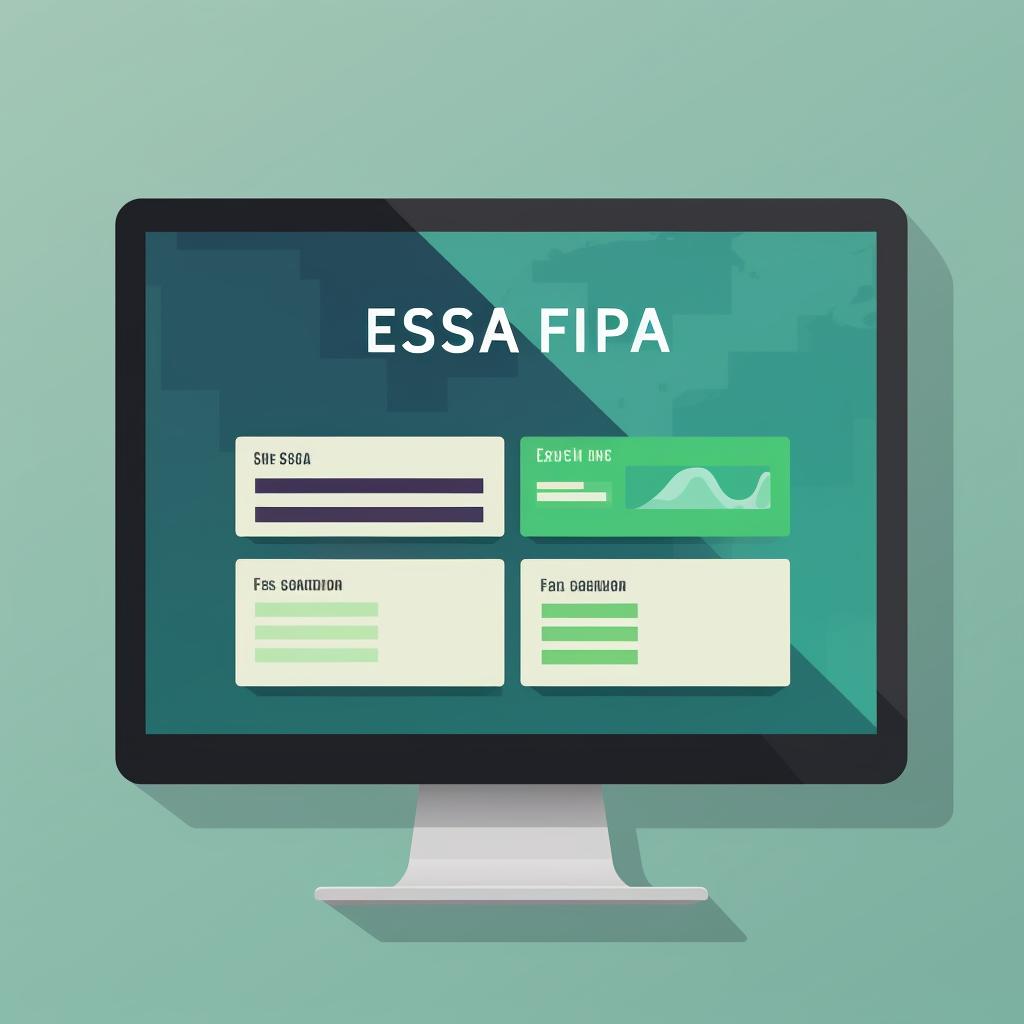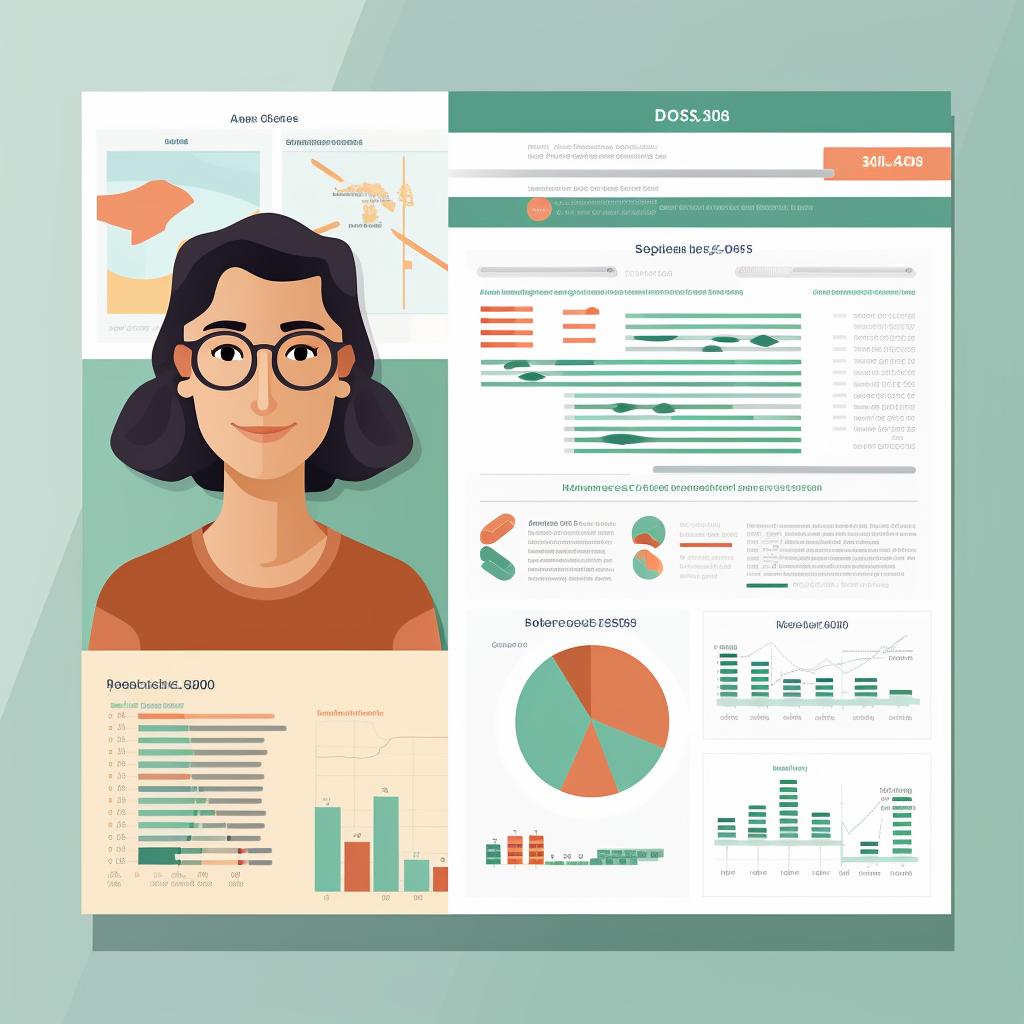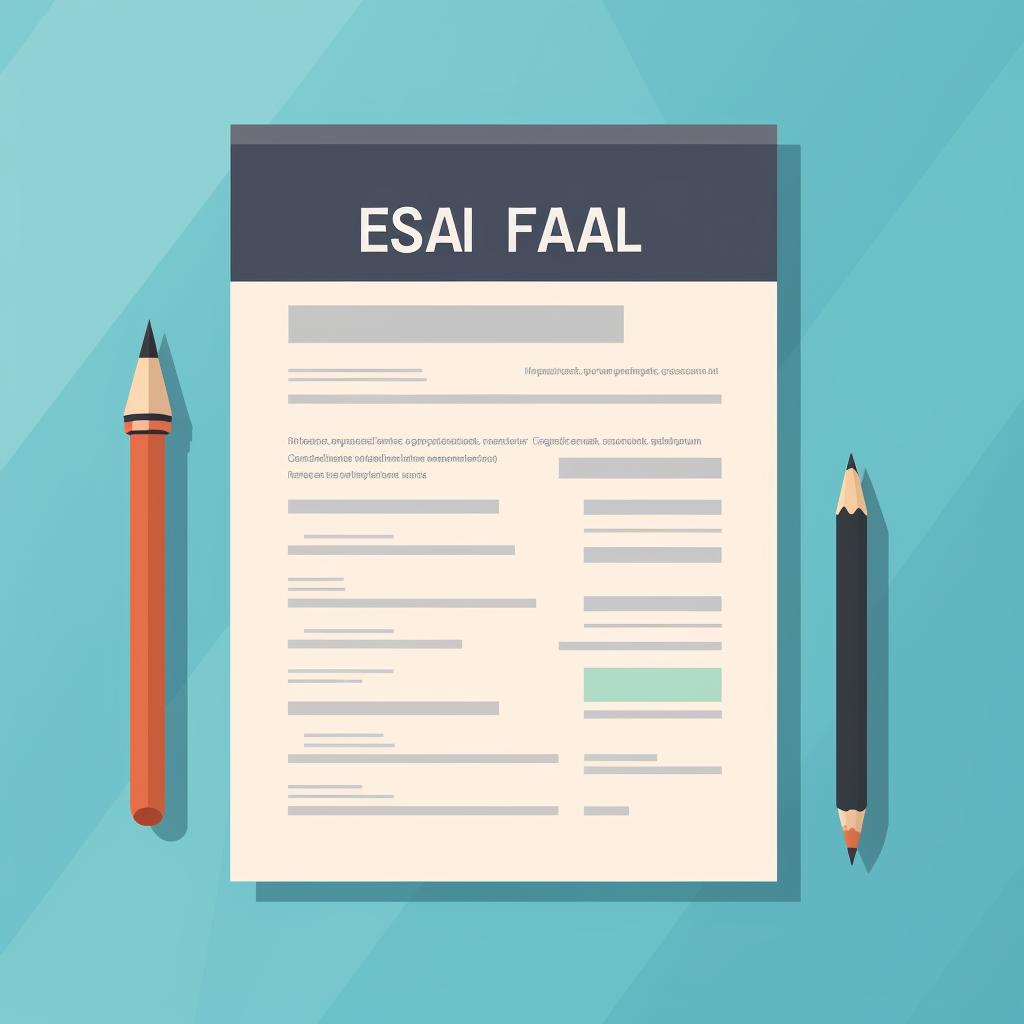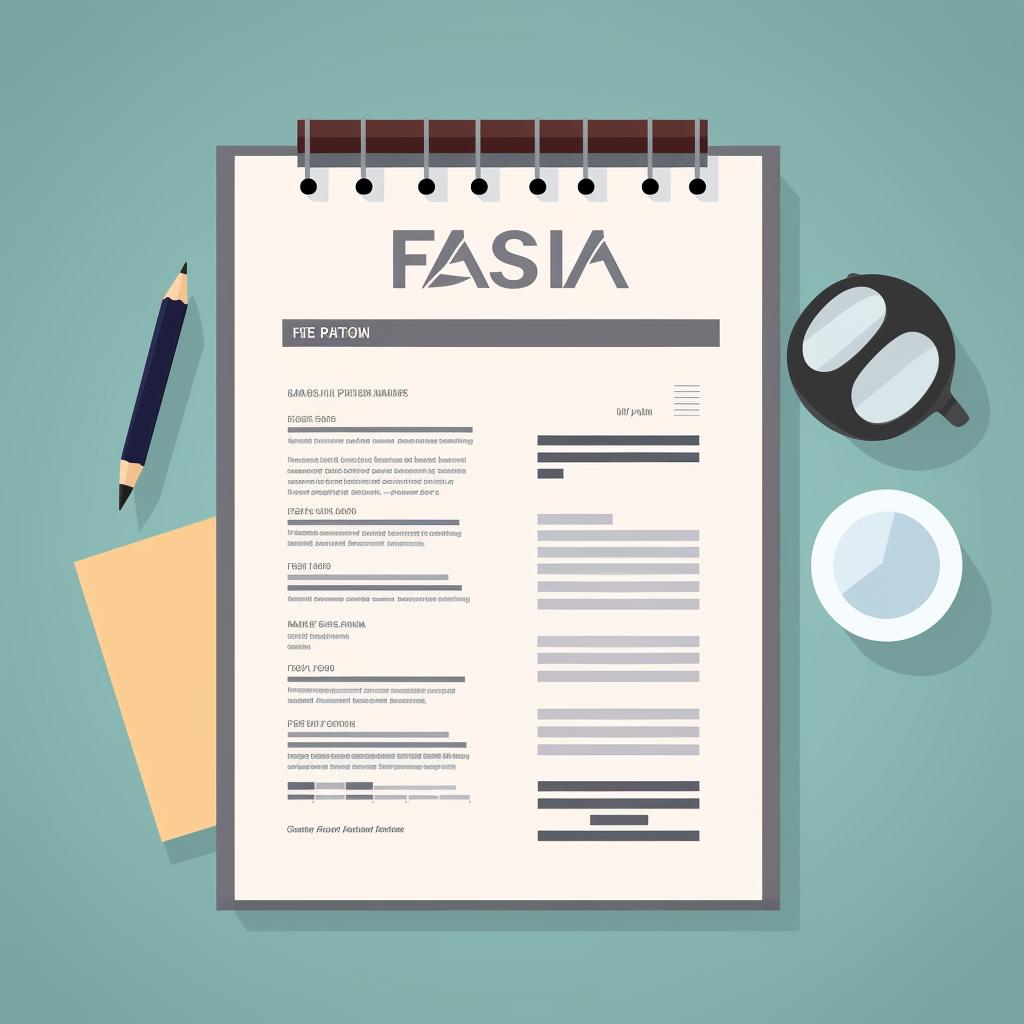Ethan Robinson is a blogger who shares his personal journey of paying off student loans. His practical tips and real-life experiences resonate with many students facing similar challenges.
Yes, a low-income student with an Estimated Family Contribution (EFC) of 3668 can indeed qualify for FAFSA. The EFC isn't a cut-off point; rather, it's a measure of your family's financial strength. Schools use it to calculate how much financial aid you're eligible to receive. Low EFC often translates to more aid. But, remember, each case is unique, and aid amounts can vary.
Let's Break Down FAFSA and EFC 🎓
FAFSA, or Free Application for Federal Student Aid, is a form that students complete to determine their eligibility for federal financial aid. The EFC is determined by the financial information you provide on your FAFSA, including income, assets, and benefits. It's important to understand that an EFC of 3668 doesn't automatically disqualify you from qualifying for FAFSA.
Grants and Scholarships: Your Key to Affordable Education 💰
Low-income students may also qualify for specific grants and scholarships. For instance, Federal Pell Grants are often awarded to undergraduate students who display exceptional financial need. Scholarships, on the other hand, are typically based on merit but can also consider financial need. There are numerous scholarships for low-income students, and I encourage you to explore these opportunities.
Scholarships and Grants for Low-Income Students: Eligibility Requirements
How Your Family's Income Influences Your FAFSA Eligibility 💼
While there's no strict FAFSA income limit, your family's income and assets play a significant role in determining your EFC and thus, your eligibility for financial aid. Generally, lower-income families will receive more aid, but there are various factors at play. It's crucial to complete your FAFSA accurately to ensure you receive the financial aid you're entitled to.
Use the calculator below to estimate your EFC and potential financial aid based on your income and other factors.
Learn more about 🧮 EFC and Financial Aid Estimator or discover other Need Student Loan calculators.
Please note that these are estimates and actual amounts may vary. It's crucial to complete your FAFSA accurately to ensure you receive the financial aid you're entitled to.
Your Step-by-Step Guide to FAFSA Application 📝
Applying for FAFSA can be a daunting task, but it's a crucial step towards securing financial aid for your education. Although your EFC might seem high, don't let it discourage you from applying. After all, the FAFSA is free to complete, so you have nothing to lose.
Let's break down the process into manageable steps to make it less overwhelming. Here's a step-by-step guide on how to apply for FAFSA:
Once you've submitted your FAFSA, you're one step closer to securing financial aid for your education. Remember, the process doesn't end here. Be sure to check your email regularly for updates about your application.
Wrapping Up: Your Path to FAFSA Qualification 🏁
Ultimately, a low-income student with an EFC of 3668 can qualify for FAFSA. Don't let the fear of not getting enough aid deter you from applying. Use the resources available to you, explore all your options, and remember, every bit of financial aid can help reduce the burden of student loans.
Now that we've covered the basics, let's delve into some common questions about FAFSA, EFC, and financial aid eligibility.
Remember, every bit of financial aid can help reduce the burden of student loans. Don't let the fear of not getting enough aid deter you from applying. Use the resources available to you and explore all your options.
























